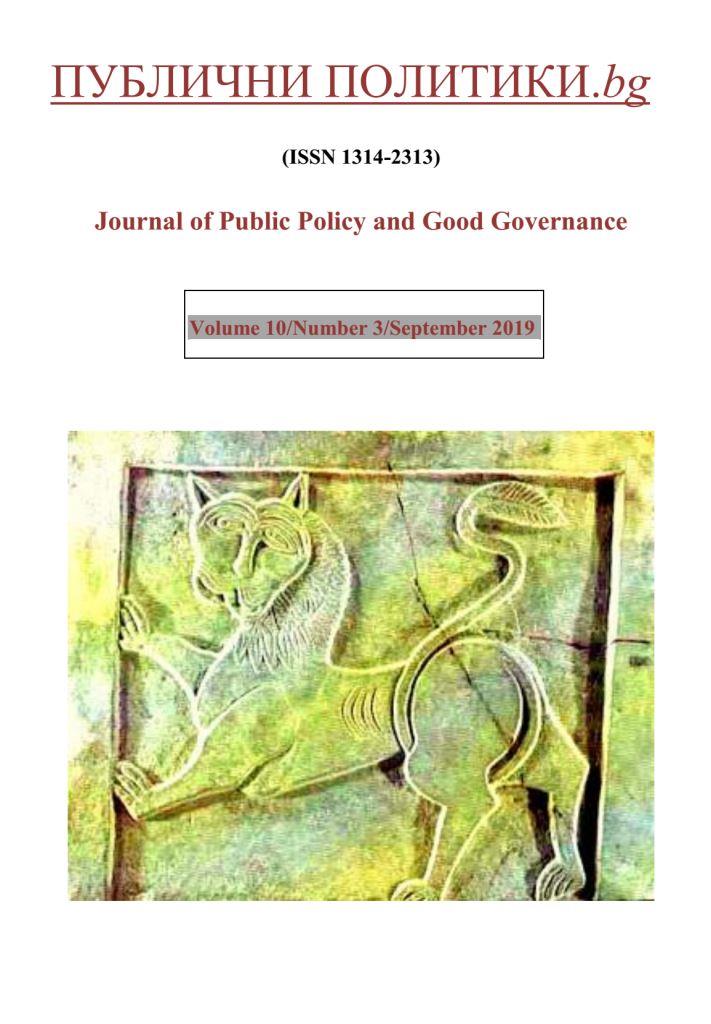A POLICY MODEL FOR BULGARIA’S TRANSITION FROM CURRENCY BOARD ARRANGEMENT TO EUROZONE MEMBERSHIP
A POLICY MODEL FOR BULGARIA’S TRANSITION FROM CURRENCY BOARD ARRANGEMENT TO EUROZONE MEMBERSHIP
Author(s): Todor TanevSubject(s): Politics / Political Sciences, Governance, Public Administration
Published by: Софийски университет »Св. Климент Охридски«
Keywords: public administration; public policy.
Summary/Abstract: The study of the global and local aspects of Bulgaria’s possible future entry into the Eurozone is partly based hereunder on the study of the evolution of the Polish, Estonian, Lithuanian and other strategies for joining the Eurozone. The reason for that is that there are fewer analyzes of the Bulgarian situation, which is still unfolding. The Polish, Estonian, Lithuanian and other cases overtake the Bulgarian one for several years. Therefore, in some places, the text below is a compilation of texts of research articles on these close cases. Poland is the largest economy among the New Accession countries in the EU. Estonia and Lithuania are small economies but used to have currency board arrangements before adopting the euro exactly as the plans for Bulgaria are. Moreover, all these countries were part of the Eastern bloc unlike Greece and this makes them useful examples. Of course, there are also historical, cultural, political and economic differences that also need to be highlighted.
Journal: ПУБЛИЧНИ ПОЛИТИКИ.bg
- Issue Year: 10/2019
- Issue No: 3
- Page Range: 52-73
- Page Count: 22
- Language: English

